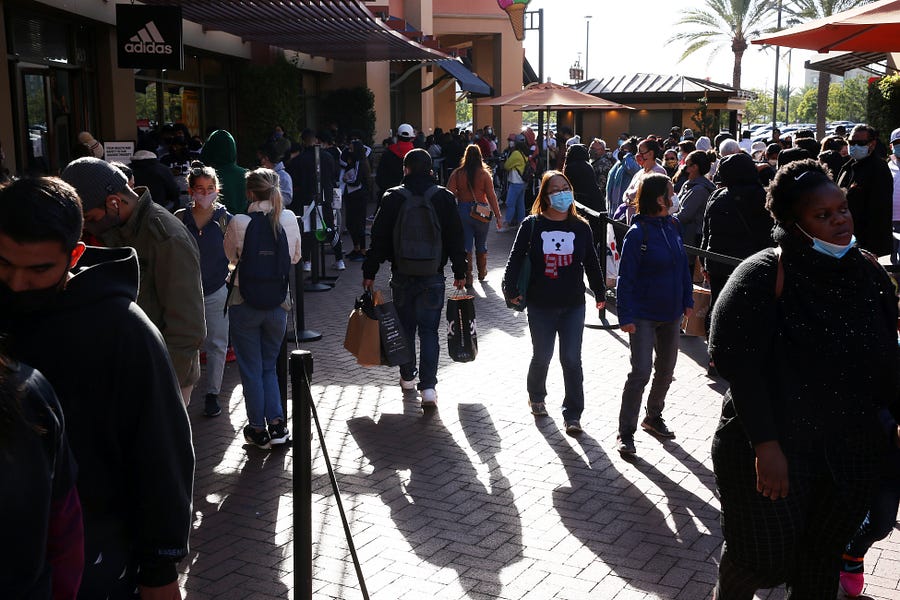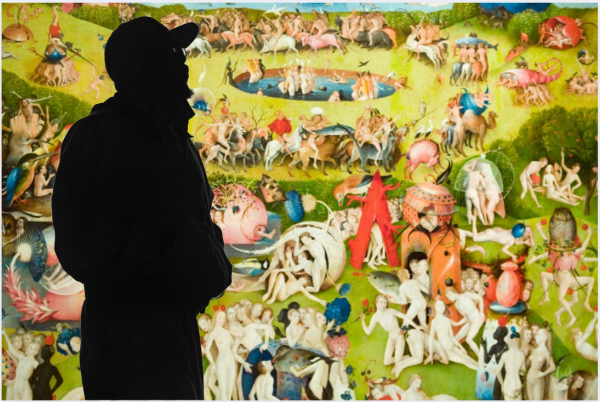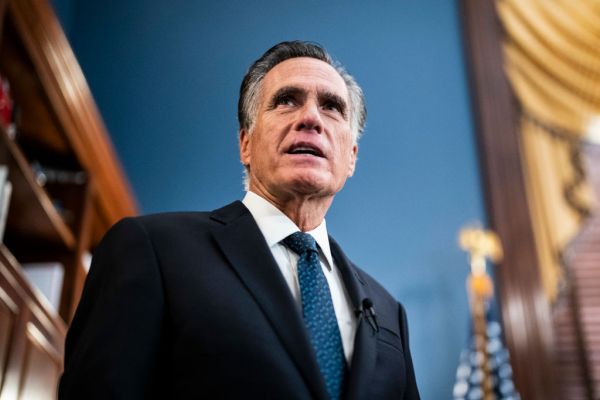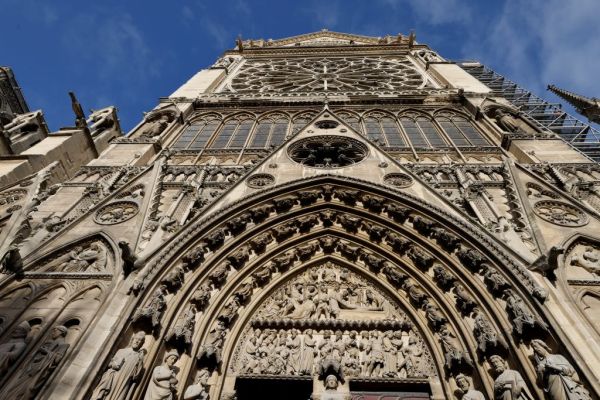When asked how cities are good for democracy and safety, noted Danish urban planner Jan Gehl remarked: “It’s very important there’s public life in public spaces. That means people from all walks of life will naturally meet in the streets, squares and parks of the city. So you can see what society you belong to. You can see your fellow citizens eye to eye going about daily life.” Gehl is right, but he failed to mention that shops, restaurants, coffee houses and other private amenities—like bowling alleys and gyms—are also critical for drawing people out of the private realm and into the presence of others.
For the last year, Americans have been ordering in, streaming TV shows and movies, shopping online, and socializing virtually in an effort to slow the pandemic. As much as we all yearn to return to normalcy, those habits could prove hard to break. Do you want to pay $75 or $100 to take your family to a movie when you can stay home and stream it in your pajamas for a third of the price? But it’s important we do so, and not just to boost the economy. The civic health and the social capital of our cities depend on people being outside and connecting with others in these private, albeit open to the public, spaces.
The pandemic accelerated an already in-progress decline of much in-person consumption. A walk down the streets of New York, for instance, shows block after block of shuttered stores and restaurants. But we haven’t just been trading in-person dining for DoorDash. Between having fewer opportunities to spend and receiving economic stimulus checks, Americans have accumulated billions in savings. At the same time, cities have lost many retail and culinary institutions—from the famed Lord and Taylor in New York and the Cliff House in San Francisco to thousands of local and smaller spots.
There is quite a bit of evidence that public-facing private enterprises bring communities together. Stephen Eide, in his examination of the golden age of department stores decades ago, found that these stores “served to maintain communities’ social fabric” because they created an environment that prompted community development and cohesion. Eide writes that, “Regularly encountering one’s neighbors in the flesh is a simple thing but also indispensable from a communitarian perspective. The more that a community’s members have to go out into public to obtain goods and services at least on occasion, the more that their days will be filled with spontaneous conversations and new introductions.” He writes approvingly about Macy’s in New York, which still sponsors community-focused events like the Flower Show and the Thanksgiving Parade.
I’m a Philadelphia native, and as recently as the 1980s, the now defunct John Wanamaker department store—then a block-long, 12-story granite building designed by famed Chicago architect Daniel H. Burnham and dedicated by then President Taft—was a huge community anchor. It featured a monorail for children, a huge pipe organ, and a vibrant Christmas display. To this day, locals still suggest that they “meet by the Eagle”—a bronze sculpture that’s a landmark unto itself—when meeting up in Center City. The store today is a Macy’s and a shadow of its former self, but Wanamaker’s served as an institution that brought Philadelphians from varied backgrounds together.
More contemporaneously, the American Enterprise Institute’s Survey on Community and Society has shown that when Americans live in closer proximity to community parks, libraries, restaurants, and theaters, they are far are more content with their neighborhood, more trusting of others, and less lonely. By contrast, Americans who live in communities with scant access to amenities—both public and private—have a far greater likelihood of feeling socially isolated.
In fact, even accounting for levels of education, social-economic condition, class, gender, and race, having ready access to these local spaces very much enhances feelings of community satisfaction, social trust, and social isolation in addition to property values. In short, the data make it clear that places with local amenities—from shops and cafes to libraries—are better at fostering the trust, sociability, and neighborliness that are the keystones for vibrant communities.
While the full impact of the COVID-19 pandemic will take years to unpack, the disappearance of local, private community amenities around the country which serve as community anchors and third spaces has already been significant. Public spaces like parks and libraries are only part of the equation when it comes to creating a sense of community. Private businesses—including stores, restaurants, and entertainment venues—are also critical to the creation of community and cultivate meaning for many. Their rapid disappearance has left craters in the physical landscape of many of our cities, and as soon as we can be social, we must spend and help create a market for these private amenities to return and thrive. The civic health and social capital of our cities depend on it.
Samuel J. Abrams is professor of politics at Sarah Lawrence College and a visiting scholar at the American Enterprise Institute.






Please note that we at The Dispatch hold ourselves, our work, and our commenters to a higher standard than other places on the internet. We welcome comments that foster genuine debate or discussion—including comments critical of us or our work—but responses that include ad hominem attacks on fellow Dispatch members or are intended to stoke fear and anger may be moderated.
You are currently using a limited time guest pass and do not have access to commenting. Consider subscribing to join the conversation.
With your membership, you only have the ability to comment on The Morning Dispatch articles. Consider upgrading to join the conversation everywhere.